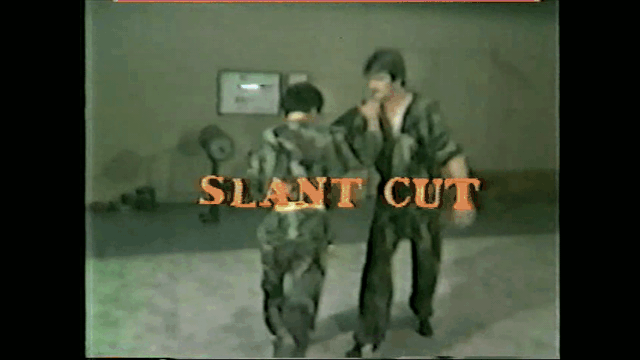Those are a good strategies.attack the attack, always pursue center, angle to take position, hands on top, attack and defense in a single action, responsive footwork, direct and efficient, etc…
1. Attack the attack - When your opponent attacks you, instead of trying to play defense, you attack him at the same time.
2. Always pursue center - If you attack your opponent's right/left side, his left/right side body will spin and attack you back. If you attack his center, he can't spin.
3. Angle to take position - The foot sweep is a good example, before you sweep, you have to put your foot at the right angle.
4. Hand on top - Let your opponent to feel your body weight.
5. Attack and defense in a single action - 1 is better than 1, 2.
6. Responsive footwork - Move your body out of the attacking path is more important than just to block a punch.
I will add in
7. Arms inside - If your arms are inside of your opponent's arms, you can separate his arms away from his head and open his center.
Last edited:


